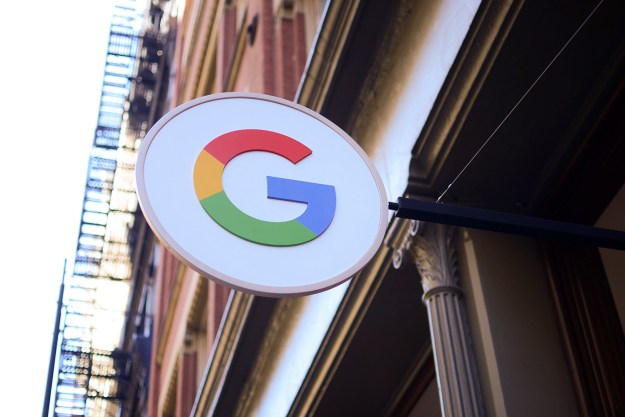
But progress has been swift, with the ambitious crew behind the tool also going off-road to broaden the range of its content, taking armchair travelers to locations as diverse as the top of Japan’s highest mountain to the inside of the world’s largest passenger jet.
Clearly as keen as ever to explore new ways of beefing up the service, Google has just announced it’s acquired Digisfera, a Portuguese startup that specializes in panoramic images. The value of the deal hasn’t been revealed.
Four-year-old Digisfera says its work focuses mainly on “photography, design, and development services for projects involving 360-degree images.” As noted by VentureBeat, which first reported news of Google’s latest acquisition, the startup’s past work includes huge zoomable images of President Obama’s 2013 inauguration, as well as a notable image from the Maracanã Stadium in Rio de Janeiro captured during the 2014 World Cup in Brazil.
The deal means Digisfera is set to discontinue its PanoTag image-tagging tool, though Marzipano, another of its offerings and one that processes and exports panoramas as 360-degree images for viewing in a browser, will become open source in the coming weeks, move the company says it hopes will benefit the panographic photography community.
Digisfera said on its website it was “excited to join the Street View team at Google to continue building great experiences using 360-degree photography.” We’re certainly curious to see how Street View incorporates Digisfera’s technology into its 360-degree mapping tool, and hopefully won’t have to wait too long to see the early results of the Mountain View company’s most recent purchase.
Editors' Recommendations
- Check out Google’s stunning new Mountain View campus
- This new Google Chrome feature may boost your search history
- How to use Google Earth’s Timelapse feature to view new 3D content
- Google’s completed Fitbit acquisition may help Wear OS more than Fitbit
- Google’s new Fundo app gives creators and fans a new way to connect


